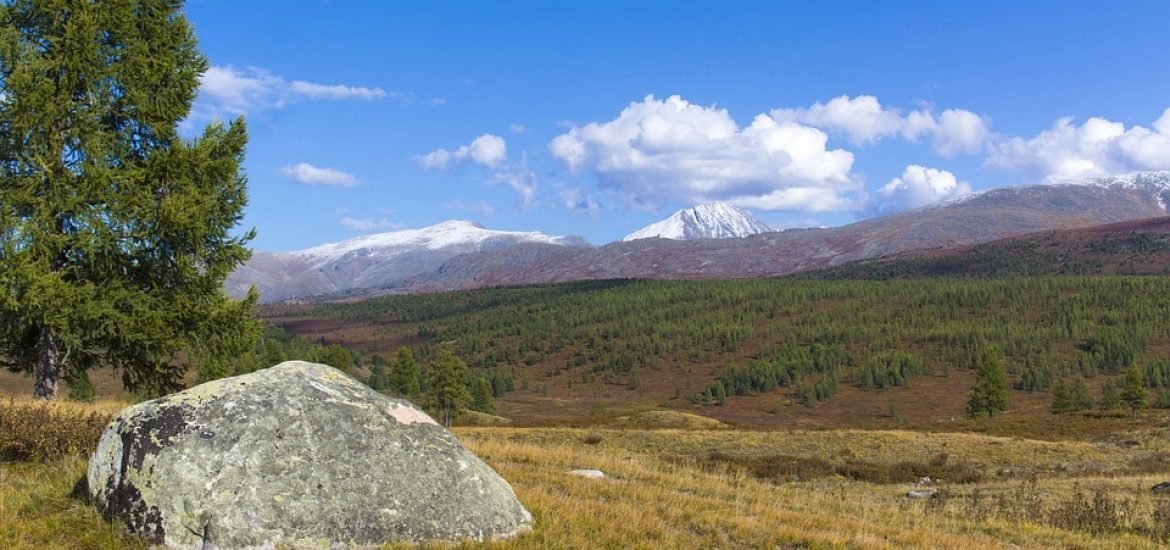
A new pan-European study establishes how the nature of Europe’s forests has changed over the last thousands of years.
A recent study led by academics in Sweden, Germany, France, Estonia and Switzerland revealed that half of Europe’s forests have disappeared over the past 6,000 years, thanks to increasing demand for agricultural land and the use of wood as a source of fuel. In some western and coastal regions, including the UK and Republic of Ireland, the decline has been far greater with forest coverage in some areas dropping below 10 percent of what it was before farming societies.
Using pollen analysis from more than 1,000 sites, scientists showed that more than two-thirds of central and northern Europe would once have been covered by trees. “Prior to Neolithic agriculture, Europe was mostly a wooded continent,” the study from the University of Plymouth, published in the journal Scientific Reports, reads. “Since then, its forest cover has been progressively fragmented, so that today it covers less than half of Europe’s land area, in many cases having been cleared to make way for fields and pasture-land.”
“Generally, forest loss has been a dominant feature of Europe’s landscape ecology in the second half of the current interglacial period, with consequences for the carbon cycle, the functioning of the ecosystem and biodiversity,” lead study author Neil Roberts said. “Around 8,000 years ago, a squirrel could have swung tree to tree from Lisbon to Moscow without touching the ground,” he adds. The study revealed that humans have been significantly cutting into the tree population well before the modern era. Forested areas are actually back to net growth due to recent environmental efforts and changes to the way humans harvest fuel and build their communities.
The study therefore shines a slightly different light on the evolution of wooded areas in Europe. It concludes: “Some may see that loss as a negative but some of our most valued habitats have come about through forests being opened up to create grass and heathland. Up until around 1940, a lot of traditional farming practices were also wildlife friendly and created habitats for many of our most loved creatures. This data could then potentially be used to understand how future forestry initiatives might also influence habitat change.”
This post is also available in: FR (FR)